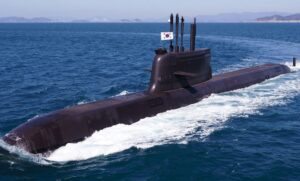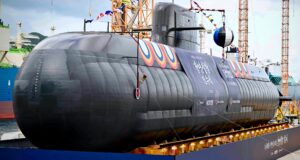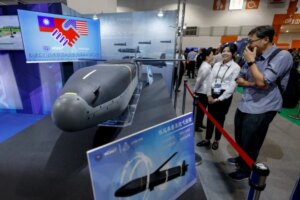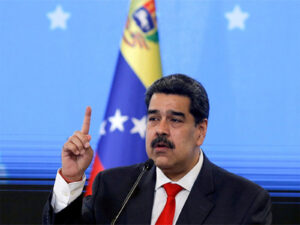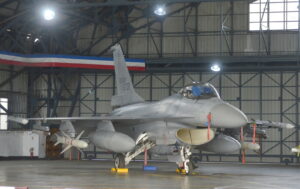太空军难以低价实现太空优势
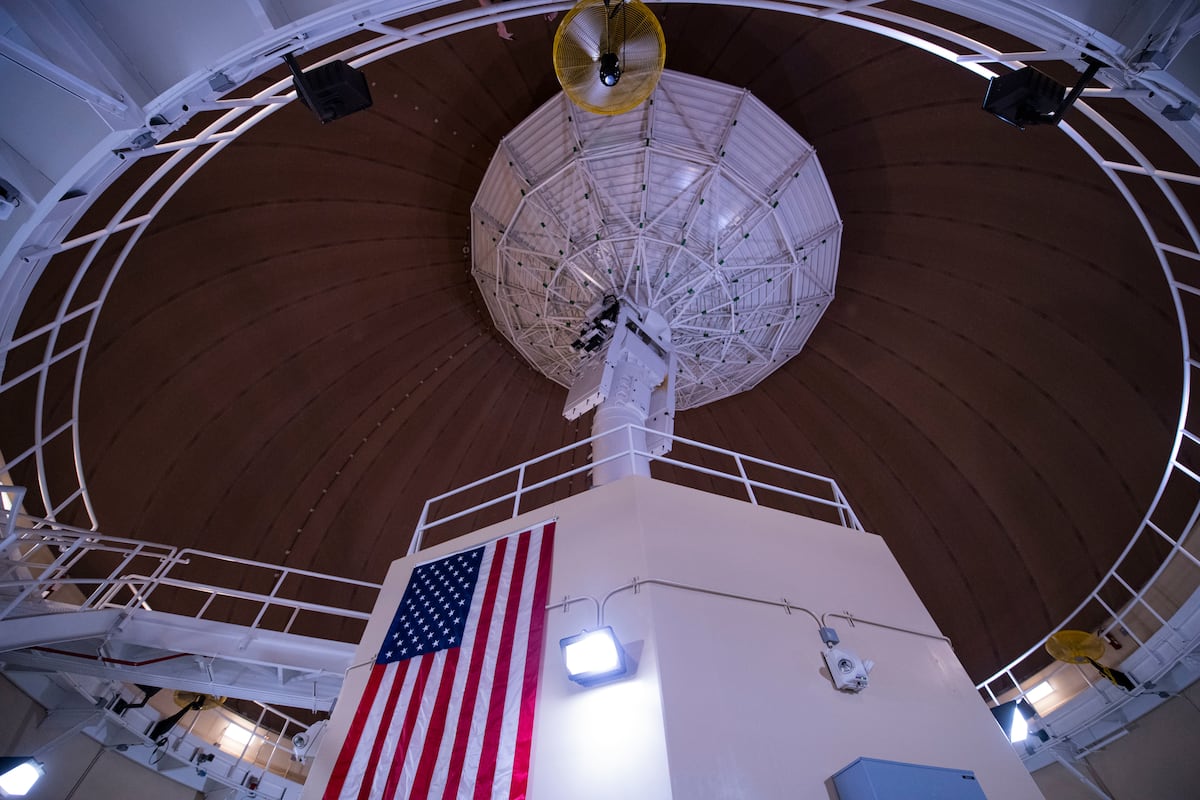
快速阅读: 美国太空军首席空间作战官萨尔茨曼将军明确了太空军的使命,即实现太空优势,确保美军自由行动并阻止对手。然而,太空军的预算尚未反映这一优先级,2026财年预算增加至400亿美元,主要用于支持地面部队的新导弹防御系统,而非增强太空控制能力。
Each branch of the military needs at least two things to succeed: a clear mission and a sufficient budget. The U.S. Space Force so far has only one of them.
The chief of space operations, Gen. Chance Saltzman, laid out the mission quite clearly in his “
Space Warfighting – A Framework for Planners
” earlier this year: “to achieve space superiority — to ensure freedom of movement in space for our forces while denying the same to our adversaries.”
Saltzman is correct. Unfortunately, the Space Force’s budget does not reflect this priority.
We have long understood that the first responsibility of our warfighters is to control the domains in which they operate — land, air, sea, cyber and space. It’s why we have an Army, Navy, Air Force, Marine Corps and Space Force. Each service trains, organizes, equips and presents forces that understand the importance of controlling the domains in which they operate. We use terms like “superiority” or “supremacy” to describe the extent to which control is necessary and achieved.
RELATED
New Space Force ‘warfighting framework’ sharpens weaponization plans
The framework’s primary function is to define key terms, concepts and processes so that guardians have a common lexicon.
By
Courtney Albon
Military forces seek to control their domain for two reasons: to operate freely within the domain and to prevent the adversary from doing so. Consider the recent extraordinarily successful
U.S. strikes on Iranian nuclear infrastructure
.
B-2 bombers flying from Whiteman Air Force Base in Missouri dropped
Massive Ordnance Penetrator bombs
while
Ohio-class submarines launched Tomahawk missiles
from the waters south of Iran, destroying or severely damaging three hardened facilities.
Control of the air and maritime domains
simplified logistics, increased the likelihood of success and reduced risks to American warfighters. In contrast, Ukraine’s inability to control its airspace leaves it vulnerable to horrendous Russian attacks on its citizens, cities and critical infrastructure.
Although operations in space are much different than operations on the ground, at sea or in the air, the fundamental rationale for control of the domain is the same. Control of the space domain allows the U.S. to achieve military objectives and prevents our adversary from doing the same.
Twenty years ago, control of the space domain was important. Today, it is essential. Almost every aspect of U.S. military operations depends on space.
Increasingly,
China is using its space capabilities
to track and target U.S. and allied terrestrial forces. Additionally, China has developed a wide variety of ground- and space-based systems to disrupt, deny and destroy U.S. and allied space capabilities.
Given the historical lessons about the importance of domain control, the essential role space plays in U.S. military operations, the rapidly growing importance of space to Chinese military operations and China’s demonstrated capability and intent to hold U.S. space systems at risk, it logically follows that U.S. control of the space domain must be the Space Force’s top priority.
And it must be the top priority in deeds, not just in words.
Historically, the Defense Department’s space-related budget was geared toward maximizing capabilities that support the terrestrial warfighter, rather than toward controlling the domain. This made sense when space was considered an uncontested, benign environment. But since 2010, DOD leaders have stated that space is increasingly “
congested, contested and competitive
.”
There has been a substantial, albeit insufficient, investment in space domain awareness. Awareness is a necessary element of control. But it must be followed by a comprehensive portfolio of capabilities to protect existing and future space systems and to deny our adversary access to their systems during conflict.
The
president’s fiscal 2026 budget request
, along with the newly passed
One Big Beautiful Bill
, will increase the Space Force’s budget from about $28.5 billion to $40 billion. This increase is earmarked for the development of new missile defense systems for
Golden Dome
, along with other capabilities that support the terrestrial warfighter.
All of this is warranted, but it neglects the offensive and defensive space domain control capabilities needed.
As a point of comparison, the Air Force’s air domain control capabilities include a large number and variety of platforms and systems in service, including airborne and ground-based radars, F-16s, F-15s, F-22s and F-35s. Other systems to extend superior air domain control capabilities into the future are in development, such as the
collaborative combat aircraft
and the
F-47 fighter program
. The Air Force budget reflects the criticality of domain control.
In contrast, the Space Force acknowledges a single electronic warfare capability designed to jam adversary satellites. The
Space Force’s research, development, test and evaluation budget
is just shy of $30 billion, of which $6 billion is classified. Even if the entire classified budget is focused on space control capabilities, it is not enough.
Our nation depends on space, and our adversaries know it. Our adversaries are rapidly developing the means to deny our access to space while simultaneously using space to target and attack our terrestrial forces. Congressional authorizers and appropriators need to ensure Saltzman achieves his vision—one where the Space Force’s formative purpose is to achieve space superiority.
Shawn Barnes is a visiting defense fellow with the Allison Center for National Security at The Heritage Foundation.
Share:
More In Opinion
Space Force wargame could inform framework for allied info sharing
The two-week wargame is focused on understanding what capabilities and operational concepts the Space Force might need 10 years into the future.
New ‘Vulcan’ rocket to fly first military mission next week
Pending range approval, the mission is slated to lift off Aug. 12 from Cape Canaveral Space Force Station in Florida.
Space Force preps infrastructure, operators for target-tracking mission
The service plans to launch initial ground moving target indicator satellites over the next year, according to Lt. Gen. DeAnna Burt.
Senate confirms new top Navy leader, vice chief for Space Force
Adm. Daryl Caudle, who has been the commander of U.S. Fleet Forces Command since 2021, was approved as the next chief of naval operations.
Joby, L3Harris developing autonomous aircraft for defense missions
The companies plan to start flight tests this fall and be ready to demonstrate operational capabilities in government exercises by 2026.
(以上内容均由Ai生成)


